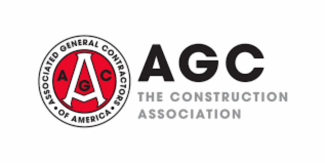According to an analysis by the Associated General Contractors of America of government data, the price of materials and services used in nonresidential construction increased 0.5 percent from March to April this year, this is already in addition to the fact that there was a decline of 0.3 percent while measuring bids. Association officials said the new data indicates contractors are paying additional money when the price for materials is currently declining.
“Prices remain volatile for many key construction materials, making it difficult for contractors to bid projects that may take years to complete,” said Ken Simonson, AGC Chief Economist. “Even some materials that have dropped in price recently have still posted year-over-year increases exceeding 10 percent.”
Nonresidential construction, calculated via a weighted average of the prices charged by goods producers and service providers such as distributors and transportation firms, increased by 0.5 percent from March to April making it the largest increase since the beginning of the year, Simonson noted. Meanwhile, nonresidential construction, a measure of what contractors report they would charge erect specific sets of buildings, had decreased by 0.3 percent.
As it was in the past, price patterns for key construction inputs varied widely in April. Price changes for the month included increases of 15.3 percent for liquid asphalt and 3.6 percent for steel mill products as well as a change to a decrease of 5.9 percent for asphalt paving mixtures and blocks.
In addition, many kinds of input prices continued to increase at double-digit costs compared to last year. Prices jumped 13.7 percent year-over-year for cement, 13.3 percent for electrical switchgear, 13.2 percent for concrete products, and 12.1 percent for gypsum building products.
Association officials said the Administration’s approach to new Buy America rules is contributing to higher prices on needed materials by limiting what items contractors can use and confusing them in terms of reasoning and the individuals doing so. They noted that the administration is vague and conflicting with what they say constitutes an American-made product.
“The Biden administration has opted to define the new Buy America rules in a way that leaves no flexibility but causes lots of confusion,” said Stephen E. Sandherr, the association’s chief executive officer. “As a result, public officials are being both overly restrictive and overly cautious in signing off on the materials contractors can use, which adds to the cost of many materials.”
